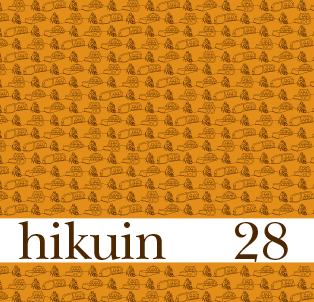Middelalderens blyglaserede kander – et forsøg
Resumé
Medieval lead-glazed pottery – an experiment
By Lone Schmidt
Pottery has been produced in Denmark for thousands of years, often of very high quality. In the early Middle Ages the technique was vigorously developed as new aids such as the potter’s wheel were put into use, making it possible to mass produce goods. Clay kilns were built that could be heated to extremely high temperatures. New pottery shapes appeared, first of all the pitcher, and we find glaze for the first time. The article describes a reconstruction of medieval lead-glazed pitchers – a cooperative experiment undertaken by the Moesgaard Museum, the National Museum, and the potter Lone Schmidt. The experiment involved the throwing of 100 pitchers according to measurings of original material from, for instance, Farum Lillevang, Faurholm, Roskilde, Svendborg, Aarhus and Endelave. A copy of the Faurholm kiln was built to fire the 100 pitchers. From a medieval source we know how lead glaze and glazed pottery were produced: “if you wish to lead-glaze the pot, take some wheat flour, boil it in a pan with water, then let it cool and cover the whole of the surface of the pot with it. Then take some lead well ‘solutum’ (divided). However, if you want to obtain a green colour, take some copper, or better still, some brass, and mix it with the lead as follows: take the lead and melt it in a pot; when it is molten stir it by turning with your hands (sic) in the pot until a powder is produced, and mix this then with 6 parts of brass filings. When the pot has been dampened with water and flour sprinkle it immediately with lead, i.e. with the filings mentioned above” (note 1). Different variations of this “recipe” led to the theoretical conclusion that the right glazing technique was probably as follows: boil up a thin wheat flour thickening and allow it to cool before pouring it over the ‘leather-hard’ pitchers, then sprinkle these with a mixture of red lead and clay powder. This is how the well-known bare spots underneath the handle appears. Together with the gelatine that separates from the flour as the thickening boils, the dry lead powder will combine with the still damp clay and “take root” during the drying process. An experiment that is worth trying!
Referencer
Downloads
Publiceret
Citation/Eksport
Nummer
Sektion
Licens
Forfatter og Forlag.





